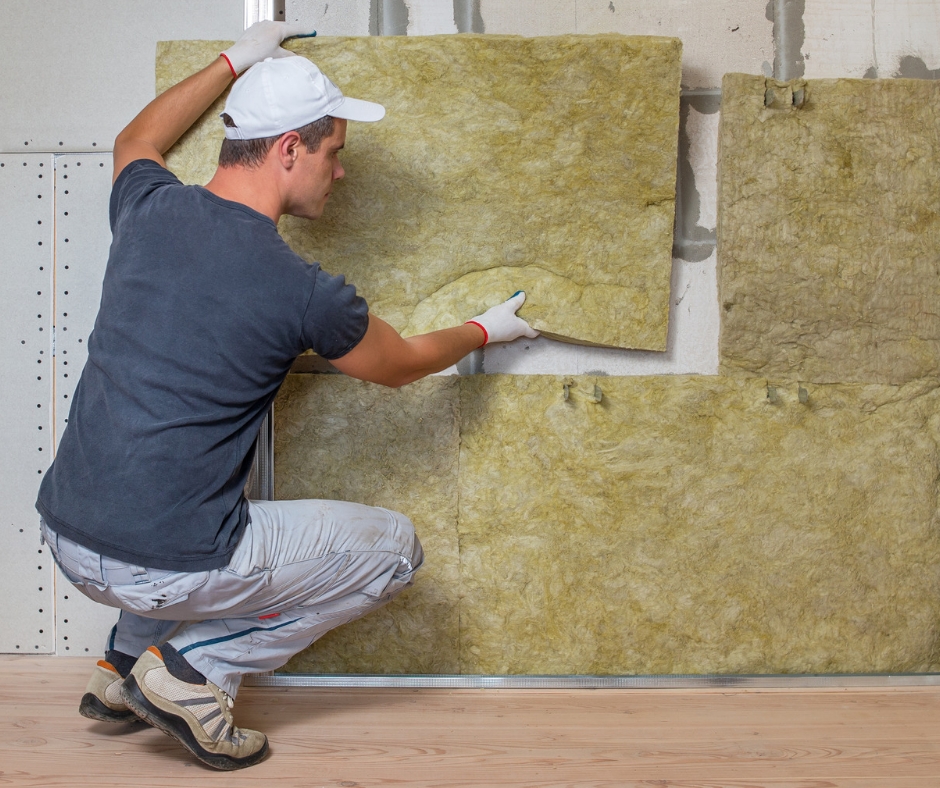What is Rock Wool Insulation?

Rock wool insulation comes from a volcanic rock that is melted at a temperature of roughly 1,600C and then spun into wool. The newly created insulation is then bound together using resins and oils, giving the material waterproof qualities too. In this guide, we’ll be looking how rock wool insulation is used in relation to trace heating UK and the advantages of it.
How is rock wool insulation used?
Pretty much all the insulation within a building can be done with rock wool, the walls, roof, and floor. Not only does rock wool insulation provide thermal insulation, but it also has many benefits relating to noise and fire too. Therefore, it can work with trace heating cable to help with fire protection and sound insulation as well. This suggests that it doesn’t have an organic breeding ground, meaning rock wool is entirely immune to mould and rot.
What are the advantages of rock wool?
Every insulation material has its own set of characteristics and work methods. This means that no one job is the same and you might need to select different insulation materials depending on the project. Below you can see some of the main advantages of rock wool insulation.
Vapour permeable material
In comparison to chemical products such as polyurethane foam, rock wool insulation is a vapour permeable material. So, damp can freely move around and evaporate, and the likelihood of damp problems stays minimised. With this is mind it is clear to see why rock wool is so frequently used for cavity wall insulation, as the cavity often touches damp.
Insulation value doesn’t change
A lot of insulation materials lose some of their insulation value as time goes by, but this doesn’t apply to rock wool. The initial value of rock wool will not change, so you will always be suitably insulated.
Rock wool vs glass wool
Unlike glass wool, rock wool insulation does not cause skin irritation to the same degree, making it easier to have installed.
Are there any disadvantages to rock wool insulation?
Some people prefer to go with fibreglass insulation over rock wool and the main reason behind this is the cost. The purchase price of rock wool is normally about 10% higher than fibreglass and other types of insulation. To make the right price comparison, it is best to consider the density of the insulation (quantity of material per cubic metre). Although this can vary widely from producer to producer, which naturally impacts the price and insulation value.
What is the weight of rock wool insulation?
The weight of rock wool comes down to the application it is being used for, the categories are:
- Around 23kg/m3 in the case of blankets
- 30 to 80kg/m3 boards for common application, insulation, or cavities between beams
- Approximately 90 to 150kg/m3 for applications under load, roof boards, and floating floors
Types of rock wool insulation
Foil faced insulation batts
Foil faced insulation blankets are used for insulating roofs and stories. They are much cheaper than other types of insulation, but it can be difficult to get the batts into place. These insulation blankets can come in different finishes that will facilitate application onto the beams.
Standard insulation boards
Standard rock wool boards are mainly used to insulate cavity walls. They are very easy to install, and the boards can hide irregularities in the masonry. As a result of this, you can be sure that the external wall of the building is suitably insulated. The outside of the rock wool boards are, in the case of cavity walls, covered with a more solid finishing material that is wind and damp resistant.
If you need help with all things temperature measurement, trace heating, and fireproof wiring, contact our team of expert trace heating suppliers at TRM today.